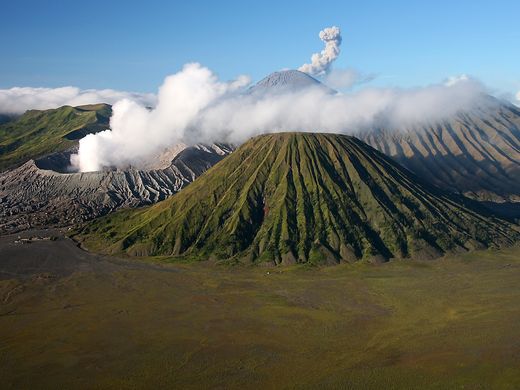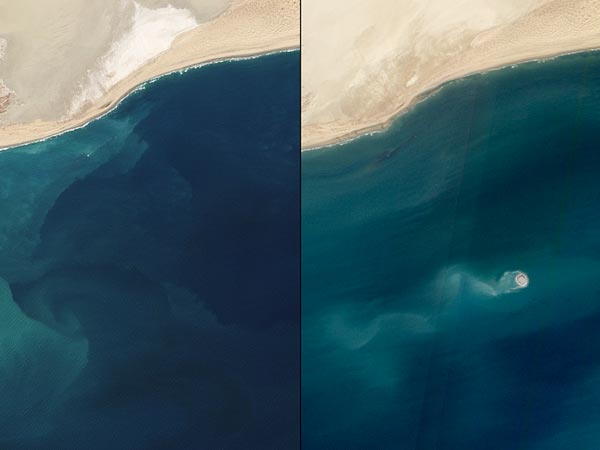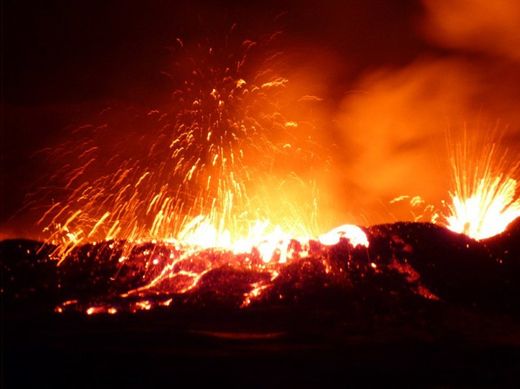
© Unknown
Jakarta - Several international flights to and from the resort island of Bali were cancelled or diverted Thursday to avoid dangerous ash spewing from an Indonesian volcano, officials said.
Ash from rumbling Mount Bromo, a popular attraction in East Java province, had spread to the island popular with foreign tourists and surfers.
"We received information from Darwin that the ash from Bromo has reached 5,500 metres in the southeast direction and has affected some parts of Bali," transport ministry spokesman Bambang Ervan told AFP.
"As a safety precaution, we've sent out an advisory to airlines to warn them about the ash situation so air crew can avoid the affected areas," he added.
Indonesian aviation authorities were monitoring the situation but there were no plans to temporarily close the airport yet, he added.
"The airport is still open, some flights are still landing. We're checking how bad the situation is and how much worse it can get before deciding what the next step will be," Ervan said.

